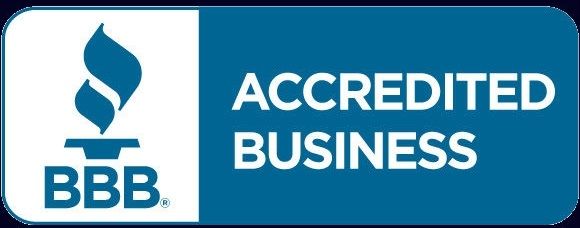Navigating the Financial Waves of Q3 2025
Abby Jordan | Oct 22 2025 15:00
Every quarter unfolds with its unique set of lessons, influenced by evolving interest rates, global happenings, and policy shifts. Investors who succeed are often those who stay agile and diversified, harvesting gains while keeping an eye on long-term objectives.
U.S. Stock Market Highlights
Technology continues to be a transformative force in investing. The resilient consumer market helped lift the S&P 500 and Nasdaq to new heights, largely driven by the top 7 tech powerhouses that now make up about 35% of the S&P’s total value.
Interestingly, the stock market rally expanded beyond these tech giants to include small and mid-sized companies, suggesting a robust economy. However, caution is advised as valuations, particularly in the AI sector, climb higher. By the end of September, expectations are for the S&P 500's third-quarter earnings to rise 7.9% compared to the previous year, up from a June projection of 7.3%.
The third-quarter outcomes are impressive: the S&P 500 rose by 7.79%, the Nasdaq 100 by 8.82%, and the Dow Jones by 5.22%.
Key Economic Indicators
The U.S. economy showed competitive strength in Q3 2025, with growth outpacing forecasts and AI sectors leading the way. Consumer demand remained robust, although challenges like trade disputes, policy adjustments, and a cooling housing market suggest vigilance is crucial.
Consumer Spending Trends
The American consumer continues to be the engine of economic growth. The GDP growth forecast for Q3 rose to 3.9% from a previously estimated 3.3%, driven by consumer spending and a reduced trade deficit in August.
Consumer spending, particularly on discretionary items, showed resilience despite potential stressors. August saw a rise in durable goods orders, with income and spending reports highlighting continued consumer confidence.
As consumer demands grew, business investments in capital and machinery provided manufacturing a significant boost. Furthermore, a narrowing trade deficit positively contributed to growth amidst tariff challenges.
Consumer Insight
Underneath the strong consumer spending lies a widening disparity. Higher-income consumers are fueling luxury and travel spending, while lower-income groups grapple with inflation and higher borrowing costs. There's a noticeable increase in credit card delinquencies, which could indicate financial stress in certain sectors.
The current savings rate of around 4.6% suggests that while consumers are dipping into savings, they are not yet overextended. This mixed consumer story implies that while premium brands thrive, budget retailers might face challenges.
Real Estate Dynamics
In Q3, the U.S. housing market hit a slow patch. New building permits plummeted to levels last seen during the pandemic, and single-family home starts fell 10% year over year. High costs and interest rates kept many potential buyers sidelined, leading to inventory buildup.
Mild mortgage rate reductions post-Fed rate cuts in September didn't revive buying enthusiasm much. With affordability under strain and credit tightening, home ownership remains out of reach for many.
Builders are cautious, and investors are watchful, as future opportunities may depend on how interest rates and policies evolve. Patience and perspective are vital as the year concludes.
Trade and Tariffs
Trade tensions remain a substantial challenge. Companies are countering by reshoring activities, boosting local production, and enhancing inventory strategies. While these moves show adaptability, they also highlight persistent policy risks.
This environment suggests trade-sensitive sectors could experience volatility, whereas domestically oriented firms might secure some stability. Rising costs and stagnation concerns are ever-present.
The Federal Reserve's Path
With core inflation steady at 2.9%, the Federal Reserve's strategic quarter-point rate cut in September aimed to ease borrowing without spurring excess demand. Labor markets show mixed signals, with minimal unemployment, slower job growth, and moderated wages.
Investment trends indicate a shift from defensive assets to growth stocks, reflecting increased risk appetite among investors. Moving forward, the Fed faces the challenging task of balancing inflation worries with softer growth indicators, providing new opportunities and possibly abrupt stock market shifts.
Balancing the Economic Landscape
The U.S. economy's resilience is notable, propelled by consistent consumer and business momentum. However, housing slumps, high valuations, and policy shifts demand careful monitoring. While technology and AI have yielded significant returns, they also concentrate risk. Diversification continues to be prudent for managing market volatility.
As the Fed's decisions on inflation and interest rates approach, sector shifts are anticipated, necessitating adaptability and a focus on the long term. With global policy changes and geopolitical concerns adding layers of uncertainty, maintaining flexibility and thoughtful risk management will be crucial. As always, we invite any questions or thoughts—you can rely on us to help navigate these economic currents confidently.

